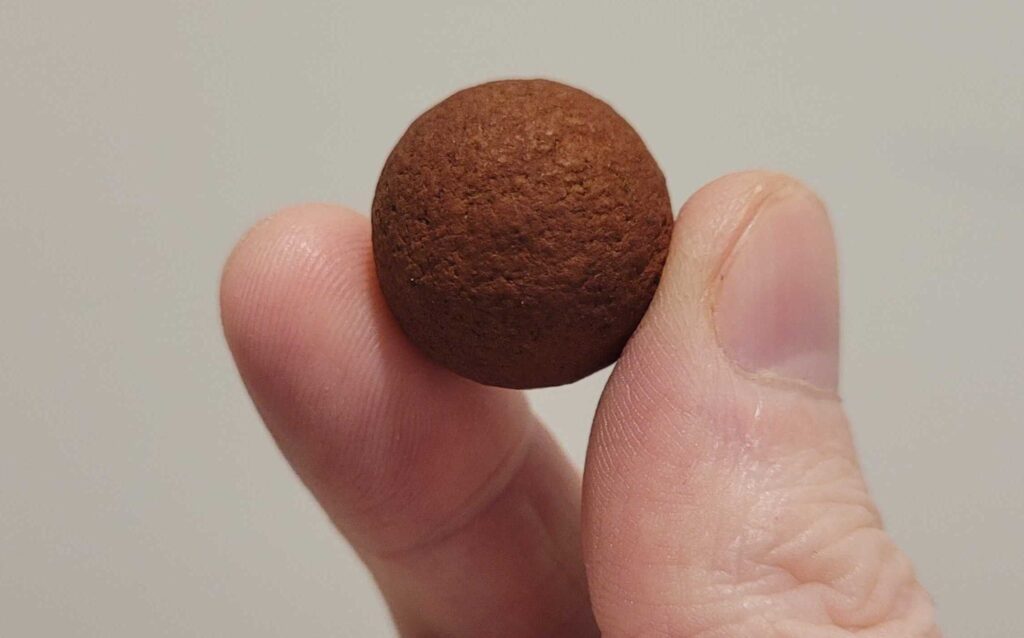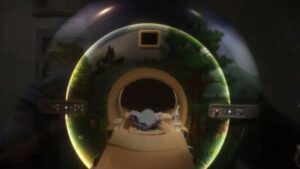
Native Australian animals are renowned for their unique abilities, from the high-hopping kangaroo to the swift-running emu. However, the clever bettongs, small relatives of kangaroos, possess a remarkable skill of their own: the ability to crack open seeds that would shatter the jaws of most animals. This discovery, made by researchers at Flinders University, could play a crucial role in conservation efforts aimed at reintroducing bettong populations that have been severely impacted by predation and habitat loss.
The study, recently published in the Zoological Journal of the Linnean Society, reveals that two species of threatened bettongs have developed distinct adaptations to consume one of their favorite tough foods—Santalum seeds, which include the sandalwood and Australia’s native peach (or quandong). This research sheds light on their unique dietary capabilities and underscores their ecological importance.
The Bettong’s Unique Adaptations
According to Maddison Randall, a PhD candidate at Flinders University and the study’s lead author, these rabbit-sized marsupials play a vital role in their ecosystems. They spend much of their time digging for soft foods such as underground fungi, roots, and tubers. However, the burrowing bettong (Bettongia lesueur or ‘boodie’) and the brush-tailed bettong (Bettongia penicillata or ‘woylie’) are also known for their ability to crack open the tough shells of sandalwood and quandong seeds to access the nutritious kernels inside.
“These seeds are extraordinarily tough, needing bite forces much higher than typical rabbit-sized animals can produce to crack them open,” says Randall. “We expected the skulls of these tiny animals to have jaw adaptations that can handle higher bite forces but were surprised to find that the two seed-cracking species have developed different biting adaptations to solve the same tough-shelled challenge.”
Comparative Analysis of Bettong Skulls
The research team conducted an extensive analysis of 161 bettong skulls from museums across Australia, representing all four living species within the genus. Using digital reconstructions and 3D shape analysis, they compared skull shapes to understand the variations in biting adaptations.
Flinders University Professor Vera Weisbecker, a co-author of the study, explains the findings: “The boodie has a shorter face than the other species. This gives it more leverage, allowing harder biting. But the woylie doesn’t have a shorter face. It instead has a reinforced part of the skull where biting the seeds takes place.”
Dr. Rex Mitchell, another co-author, adds that the difference in snout length may be due to the woylie’s reliance on underground fungi, such as truffles. This dietary preference may have led to a longer snout, providing more surface area inside their noses for an enhanced sense of smell.
Implications for Conservation Efforts
Understanding the dietary needs and adaptations of these endangered marsupials is crucial for their conservation. All four species of bettong are currently threatened and have experienced significant range reductions since European settlement.
“Therefore, information about their dietary needs, limits, and capabilities is vital for conservation and could be used to inform suitable habitat for reintroduction initiatives,” says Dr. Mitchell.
Bettongs also serve as ecosystem engineers, with their digging and foraging behavior improving soil health, water filtration, and seed germination, ultimately helping ecosystems thrive. Despite their dwindling numbers, these small but mighty marsupials demonstrate that there’s more than one way to crack a tough nut.
Future Directions and Acknowledgements
The article, titled ‘Cracking the case: Differential adaptations to hard biting dominate cranial shape in rat-kangaroos (Potoroidae: Bettongia) with divergent diets,’ authored by Maddison C Randall, Vera Weisbecker, Meg Martin, Kenny J Travouillon (WA Museum), Jake Newman-Martin (Curtin University, WA), and D Rex Mitchell, has been published in the Zoological Journal of the Linnean Society. The research received funding from the Australian Research Council Centre of Excellence for Australian Biodiversity and Heritage, and a Future Fellowship to Professor Weisbecker.
This research was conducted on the unceded lands of the Kaurna people, with gratitude extended to Australian museums for access to specimens and support from the ANFF under the National Collaborative Research Infrastructure Strategy and Flinders Microscopy and Microanalysis.
As conservationists work to protect and restore bettong populations, the insights from this study provide a promising path forward, ensuring these remarkable creatures continue to play their vital role in Australia’s ecosystems.






